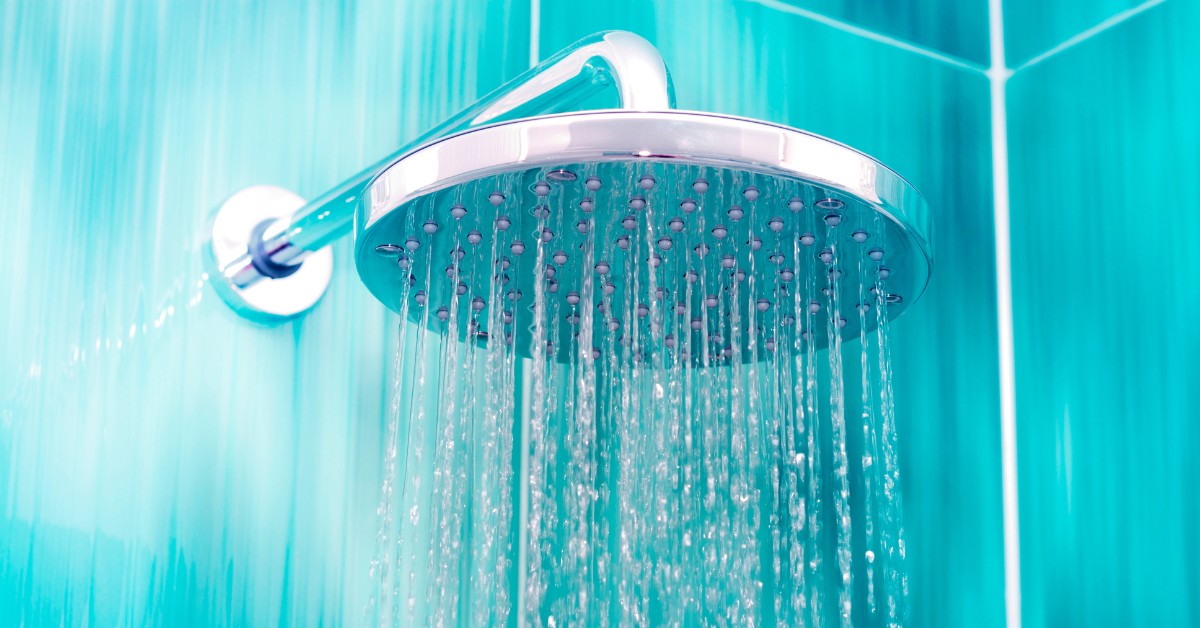How to Shower With a Broken Ankle
Accidents happen; when they do, they often bring along many challenges. Among these challenges, something as basic as taking a shower can become daunting. You’re likely aware of this dilemma if you’ve recently broken your ankle. But don’t fret! In this article, we will guide you step-by-step through the process of safely showering with your broken ankle injury.
A broken ankle, medically known as an ankle fracture, involves any break in one or more bones that make up the ankle joint. The severity can range from a simple break in one bone to several fractures. Typically, a minor fracture may heal in a few weeks, while more severe breaks can take several months.
It’s essential to heed your doctor’s advice during recovery. They often recommend keeping the broken ankle dry, especially if it’s in a cast. Wetness can compromise the cast’s integrity and lead to skin issues.
Before you even step into the shower, proper preparation is crucial, especially when working around an injury.
Begin by sourcing a waterproof cast cover or a plastic seal. These items have been designed to keep your cast dry, ensuring that water doesn’t compromise its integrity during your shower.
Additionally, safety should be your top priority. Investing in a non-slip shower mat can make a significant difference, as it provides a stable surface for your uninjured foot, drastically reducing the chances of any unfortunate slips.
If standing for prolonged periods is challenging due to injury, consider incorporating a shower chair or bench into your routine. This allows you to maintain your hygiene without putting undue weight or strain on your broken ankle. A hand-held showerhead is an excellent tool for those aiming for more flexibility and control. Even if it’s not strictly necessary, it offers the benefit of directing water flow precisely where you need it without requiring you to reposition constantly.



Then there’s the matter of soap. Options like soap on a rope or a body wash with a pump make a world of difference. They’re designed to be more accessible, eliminating the need to bend down frequently or make unnecessary movements that might strain your ankle.
Lastly, remember the hard-to-reach areas. A long-handled sponge or loofah is your best ally, allowing you to cleanse thoroughly without overexerting your injured limb.
With these materials, you’re set to make your showering experience as smooth and pain-free as possible.
Pre-Shower Preparations
Your shower area should be as hassle-free as possible:
- Securing the Area: Place all essentials—shampoo, soap, conditioner—within easy reach to prevent unnecessary movement.
- Floor Safety: Lay down your non-slip shower mat, ensuring it’s firmly stuck to the shower floor.
- Seating Arrangements: Make sure your shower chair or bench is steady and positioned so you can easily sit and stand without strain.
Step-by-Step: Showering with a Broken Ankle
Navigating the shower can be stress-free if you follow these steps:
- Covering Up: First, apply the waterproof cast cover or seal. Ensure it’s snug, without any gaps that might let water in.
- Stable Entry: With utmost care, enter the shower using any grab rails or stable fixtures for support. Move slowly, making sure to keep your weight off the injured ankle.
- Seated Shower: Once seated, wet your body using the showerhead or by pouring water with a mug. Apply soap using the long-handled sponge or loofah, ensuring a thorough yet gentle cleanse.
- Rinsing: Use the hand-held showerhead or a pitcher to rinse, ensuring all soap is washed off.
- Exiting the Shower: Dry off as much as possible while still seated. Then, with caution, step out, ensuring you don’t place any weight on the broken ankle.
Drying and Caring for the Affected Ankle
- Drying Off: Use a soft towel to dry your body gently. Pat down areas around the broken ankle, avoiding vigorous rubbing.
- Cast Care: Once out of the shower, remove the waterproof cover and check the cast for any signs of dampness. If there are any wet spots, use a hairdryer in a cool setting to dry them.
- Elevate and Rest: After showering, take a moment to elevate your ankle on a cushion or pillow. This reduces swelling and aids in the healing process.
For a more comfortable recovery, there are several additional suggestions to consider.
Firstly, it’s beneficial to ask for assistance, especially during the initial showers following your injury. Having someone nearby not only offers emotional comfort but also provides practical help. They can hand you essential items, give you physical support when needed, or keep you company, making the process less daunting.
Secondly, organization plays a crucial role in ensuring safety. By keeping all shower necessities within easy reach, you can substantially reduce unnecessary movements, thereby minimizing potential strain on your injured ankle.
Lastly, it’s imperative always to be conscious of your injured foot. Ensure that it remains elevated whenever possible, is kept dry, and is not subject to any undue pressure or touch.
This mindfulness can expedite the healing process and prevent further complications.
While breaking an ankle can be a challenging experience, with the right knowledge and precautions, maintaining hygiene doesn’t have to be daunting. By following this guide and always erring caution, you can ensure your safety while enjoying the refreshing feel of a good shower.
Remember, every step you take—metaphorically and literally—brings you closer to recovery. Happy healing and showering!

